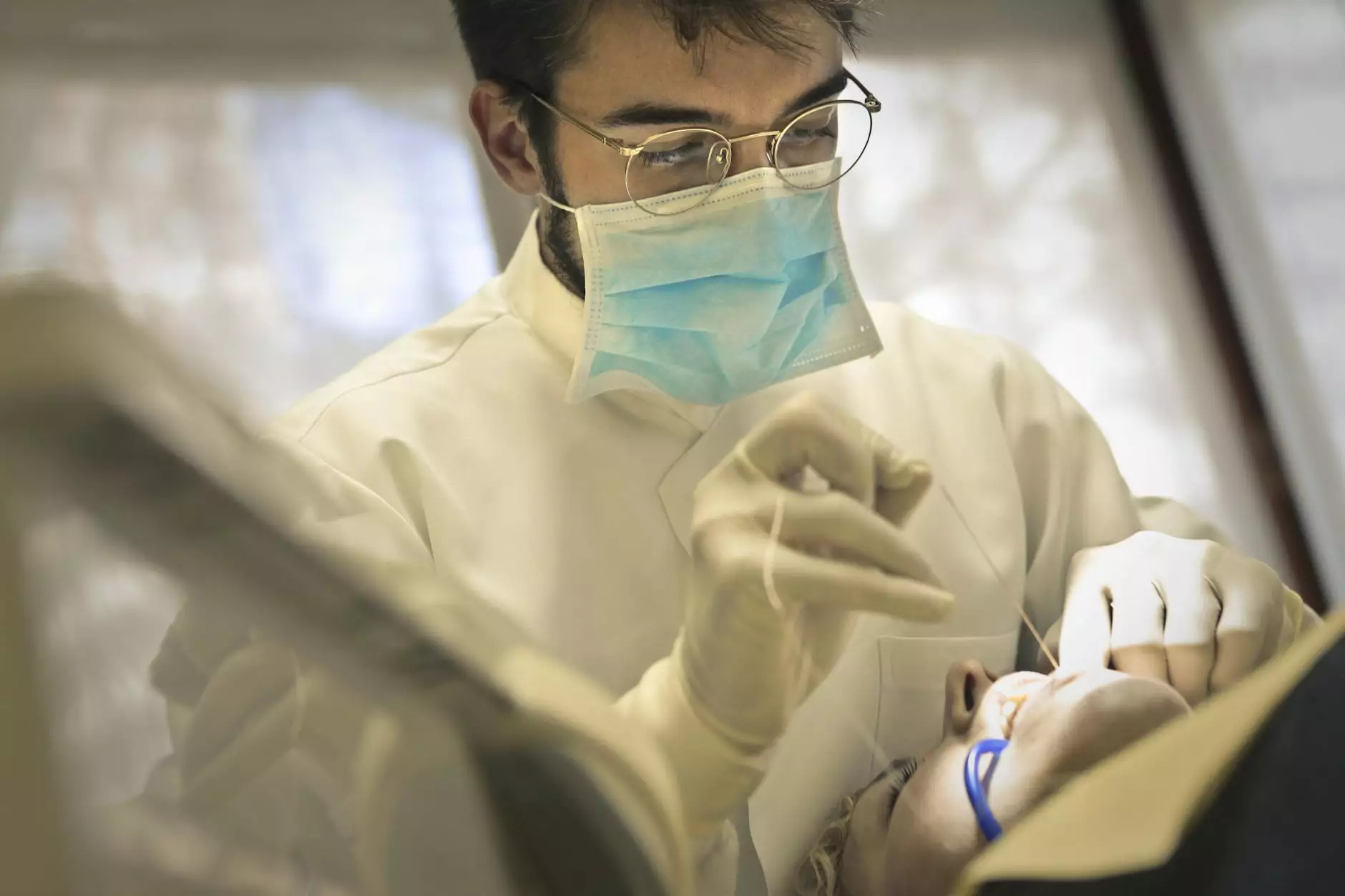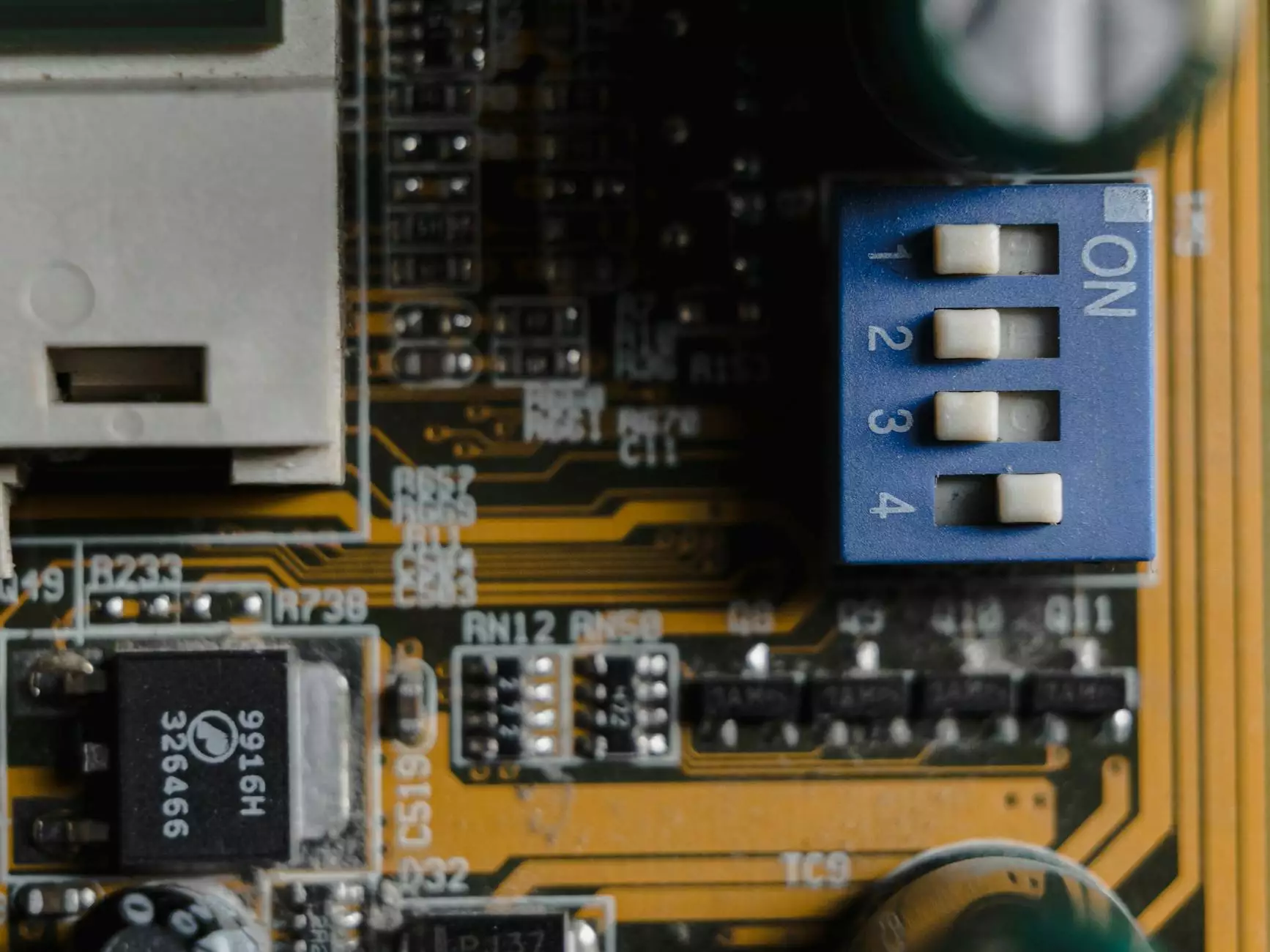What is Salpingo Oophorectomy? Understanding the Procedure and Its Implications

In the realm of women's health, understanding surgical options is essential for making informed decisions. One such procedure that is vital yet often misunderstood is salpingo oophorectomy. This article delves into the intricacies of what this procedure entails, the reasons for its necessity, and the implications it has on a woman's health and wellness. Let's explore the depths of salpingo oophorectomy together.
What is Salpingo Oophorectomy?
Salpingo oophorectomy refers to the surgical removal of one or both of a woman's ovaries and fallopian tubes. The term itself is derived from Latin, where "salping" means tube and "oophor" relates to the ovary. This procedure is often performed in cases where there are health concerns such as:
- Ovarian cysts: benign or malignant growths that can cause symptoms like pain and discomfort.
- Endometriosis: a painful condition where tissue similar to the lining inside the uterus grows outside it.
- Ovarian cancer: a serious health condition requiring immediate intervention.
- Ectopic pregnancy: when a fertilized egg implants outside the uterus.
Types of Salpingo Oophorectomy
When exploring salpingo oophorectomy, it is crucial to understand the different types of this procedure:
1. Unilateral Salpingo Oophorectomy
This involves the removal of one ovary and one fallopian tube. It is often recommended for localized problems affecting only one side of the reproductive system.
2. Bilateral Salpingo Oophorectomy
This type entails the removal of both ovaries and both fallopian tubes. This may be indicated in more extensive health issues, such as cancer or severe endometriosis.
The Surgical Procedure
The salpingo oophorectomy procedure typically follows these steps:
- Anesthesia: The patient is given general anesthesia to ensure comfort throughout the procedure.
- Incision: The surgeon makes an incision in the abdomen to access the reproductive organs. This can be done through open surgery or laparoscopically, which is less invasive.
- Removal: The surgeon carefully detaches the fallopian tubes and ovaries from surrounding tissues and blood vessels.
- Closure: After the organs are removed, the incision is closed using sutures or staples.
The entire process may take about 1 to 2 hours, depending on the complexity of the case.
Recovery and Aftercare
Post-operative care is critical for recovery from a salpingo oophorectomy. Here are some tips to ensure a smooth recovery:
- Rest: Adequate rest is necessary to allow the body to heal.
- Pain Management: Over-the-counter pain relievers or medications prescribed by your doctor can help alleviate discomfort.
- Follow-Up Appointments: Regular check-ups with your healthcare provider to monitor the healing process.
It is also essential to watch for any signs of complications, such as:
- Increased pain or swelling at the incision site
- Fever or chills
- Difficulty breathing
The Implications of Salpingo Oophorectomy
Understanding the implications of undergoing a salpingo oophorectomy is crucial for patients. Removing the ovaries will lead to a sudden drop in estrogen levels, which can induce immediate menopause, affecting various aspects of health, including:
1. Hormonal Changes
The removal of ovaries eliminates production of hormones such as estrogen and progesterone, leading to symptoms like hot flashes, mood swings, and vaginal dryness. Hormone replacement therapy (HRT) may be recommended by healthcare providers to manage these symptoms.
2. Fertility Considerations
Women who undergo a salpingo oophorectomy should be aware that if both ovaries are removed, natural conception is no longer possible. However, options like IVF using harvested eggs or donor eggs may still provide avenues for motherhood.
3. Long-Term Health Risks
There may be increased risks for certain health issues post-surgery. Women must discuss with their doctors regarding the implications of heart disease, osteoporosis, and other conditions associated with decreased estrogen levels.
When is Salpingo Oophorectomy Recommended?
Salpingo oophorectomy is typically considered when:
- There is a high suspicion of cancer in the ovaries or fallopian tubes.
- Other less invasive treatments have failed to resolve serious conditions.
- A patient has a family history of ovarian or breast cancer, prompting preventive measures.
It is always recommended that patients discuss thoroughly with their healthcare provider to understand the necessity and implications of the procedure.
Conclusion
In summary, salpingo oophorectomy is a significant surgical procedure that can have profound impacts on a woman's health. Whether it's performed to manage health issues or as a preventive measure, understanding what this procedure entails can empower women to make informed healthcare choices. It is crucial to consult with qualified Doctors, specifically in the field of Obstetrics & Gynecology, to determine the best course of action tailored to individual health needs.
At Dr. Seckin, we provide expert guidance and compassionate care for women facing health challenges. If you find yourself needing more information on salpingo oophorectomy, please do not hesitate to reach out.









